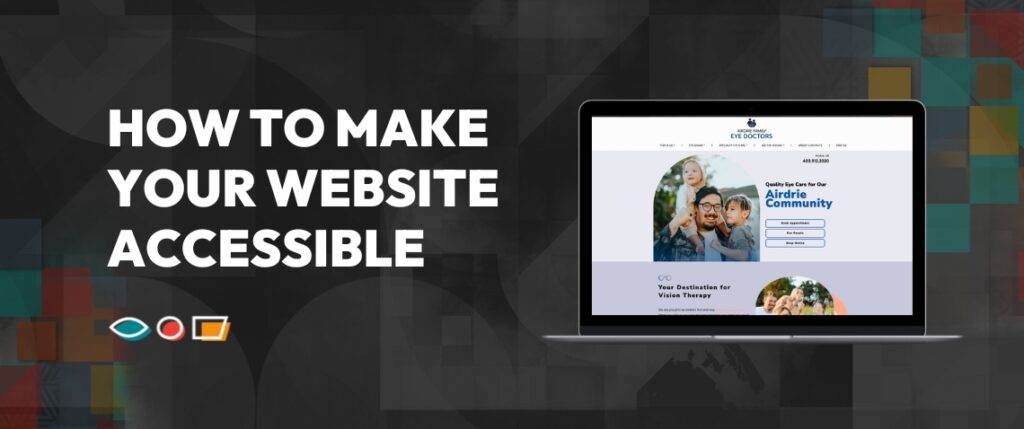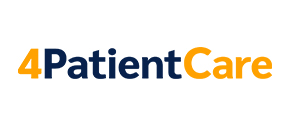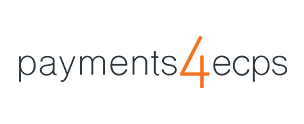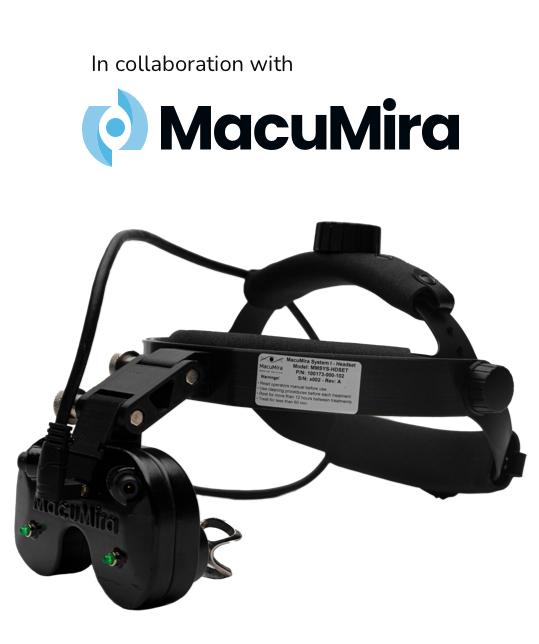Creating a visually appealing website is important, but making it accessible is essential. For patients with visual impairments, your website can either be a helpful tool or a frustrating barrier. By prioritizing accessibility, you’re not just meeting guidelines, you’re showing your patients that you care.
Accessibility plays a huge role in your online presence, and with the right strategies, you can ensure your website is inclusive, easy to navigate, and welcoming for all.
Five tips you can follow to make your website accessible include:
- Use alt text for all visual content
- Structure content with headings & semantic HTML
- Choose high-contrast color combinations
- Make navigation keyboard-friendly
- Offer text resizing & zoom support
1. Use Alt Text for All Visual Content
Screen readers rely on alt text to describe images to users. Without it, visually impaired patients can miss out on important content, context, or calls to action.
Best practices for alt text:
- Write clear, concise descriptions of each image.
- Don’t include “image of” or “picture of”—screen readers already handle that.
- Make sure decorative images are marked as such to reduce clutter.
- Use alt text on all logos, icons, and buttons.
2. Structure Content with Headings & Semantic HTML
A clear content structure helps both screen readers and users. Properly using headers, lists, and sections allows users to navigate your content more easily.
Tips for structuring content:
- Use heading tags (H1, H2, H3) in a logical hierarchy.
- Avoid skipping heading levels—keep it clean and consistent.
- Use proper HTML for bulleted or numbered lists.
- Break up text with descriptive subheadings to make scanning easier.
3. Choose High-Contrast Color Combinations
Low contrast between text and background can make content hard to read, especially for users with low vision or color blindness. High contrast makes your site easier to see and interact with.
How to improve visual contrast:
- Use dark text on light backgrounds (or vice versa).
- Avoid placing text over busy images or gradients.
- Use color contrast checkers to meet WCAG guidelines.
- Don’t rely on color alone to convey meaning—use patterns, labels, or icons.
4. Make Navigation Keyboard-Friendly
Not everyone uses a mouse to browse. A fully accessible site should allow users to navigate using only their keyboard. This is especially helpful for users with limited vision or mobility.
Keyboard accessibility tips:
- Ensure users can tab through your site in a logical order.
- Highlight focused elements so users can see where they are.
- Avoid using elements that trap the focus or require a mouse to activate.
- Test forms, menus, and interactive features for full keyboard functionality.
5. Offer Text Resizing & Zoom Support
Some users need to increase font size or zoom in to comfortably read your content. Your site should adapt without breaking the layout or hiding important features.
Make your site zoom-friendly:
- Use relative font sizes instead of fixed pixels.
- Ensure your site layout doesn’t collapse or cut off when zoomed in.
- Allow users to change text size using browser settings or on-site tools.
- Avoid using images of text, which can’t be resized or read by screen readers.
Keep Your Website Accessible & User-Friendly
For more information on website accessibility, check out these valuable tools and guidelines:
- Web Content Accessibility Guidelines (WCAG) 2.2
- Why Website Accessibility Overlay Widgets & Plugins Fail Compliance
- WAVE Web Accessibility Evaluation Tool
- WebAIM Contrast Checker
Making your website accessible isn’t just about ticking boxes, it’s about creating a better experience for every patient. For eye care clinics, this is especially important. Many of your patients may already be dealing with vision challenges, so ensuring your website is easy to navigate, readable, and inclusive directly supports the very people you care for.
By implementing accessible design elements, you lay a strong foundation for attracting and retaining more patients, while providing a seamless digital experience for everyone who visits your practice. At Marketing4ECPs, we’re committed to making the web a more inclusive place.
































